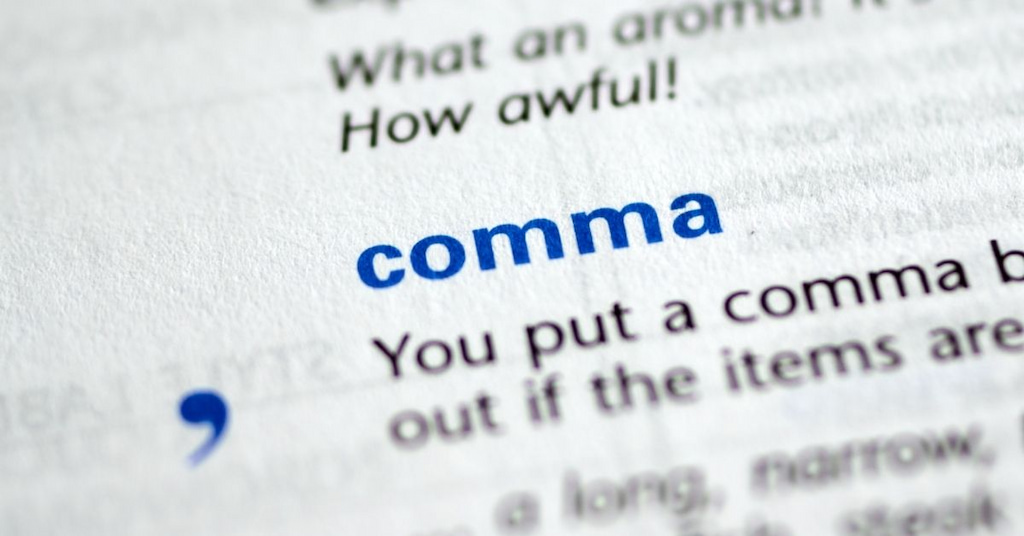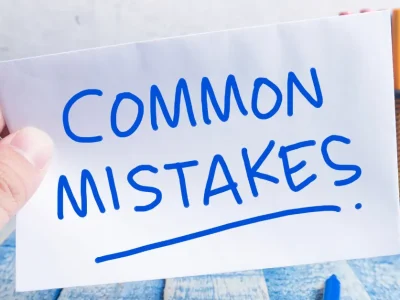Pity the humble, lowly comma. Just look at what it has to compete against! The question mark raises significant issues for smart people to consider and debate. The period resolves important discussions with finality. And the exclamation point shouts everything from the rooftops—and it GOES REALLY WELL WITH CAPITAL LETTERS!!!
The comma doesn’t stand a chance. Buried in the middle of a sentence, the comma is barely noticed. And perhaps for that reason, the comma is often misunderstood and misused—even by otherwise good writers. Fortunately, UWorld is here to help you conquer the comma!
Here are some handy rules on when to use—and when not to use—a comma:
| RULE | EXAMPLE |
| For a series of three or more words or phrases, place a comma after the next-to-last item in the series (i.e., use the serial comma) | The colors of our flag are red, white, and blue. |
| In general, insert a comma before “and” or “but” if it connects two clauses that could stand alone as complete sentences (i.e., independent clauses) | The United States is a common law country, and its judges are common law judges. |
| Exception: Don’t insert a comma between two independent clauses if the clauses are short and closely related | Justice Sotomayor concurred and Justice Thomas dissented. |
| Place a comma after an introductory word or phrase in a sentence | As soon as the court recessed for lunch, the attorney began strategizing with her client. |
| Use a comma (instead of “and”) to separate two adjectives that independently modify the same noun and could be reversed without affecting their meaning | It was a dark, quiet courtroom. |
| Don’t use a comma to separate two adjectives when the first one modifies the second or the two modify a noun as a unit | The lawyer was resplendent in his bright red tie but made a weak constitutional argument. |
| In general, when a sentence has one subject that applies to two verbs, don’t use a comma before the “and” (or other coordinating conjunction) | The judge heard the defendant’s motion and set bail at $5,000. |
| Exception: When a sentence has one subject that applies to two verbs, use a comma before the “and” (or other coordinating conjunction) if it will avoid possible confusion or enhance readability | The court heard the plaintiff’s motion to allow inspection and testing, and set the trial for June 3. |
| Don’t use a comma to set off “therefore” in the middle of a sentence unless it is clearly a transition between two clauses | The government is therefore entitled to qualified immunity. |
| When writing a month and year, don’t separate them with a comma | The landlord evicted the tenant in April 2018. |
| When writing a month, day, and year, don’t put a comma after the year if you’re using the date as an adjective | The court refused to reconsider its February 12, 2019 order. |
| When inserting additional information in the middle of a sentence, use (1) commas to set off information that is closely related to the topic of the sentence, (2) em dashes to set off information that is more loosely connected, and (3) parentheses to set off information that is distantly related | Rick, respectful of the watchful crocodile, approached it warily. The crocodile eyed Rick—it had not been fed for days—and awaited his approach. Rick (now appearing regularly on the Discovery Channel) leaped atop the crocodile with gusto. |
Riveting? Maybe not—but so important to good writing. And now, armed with these rules, you’re ready to use commas the right way. But before you do, take a moment to appreciate your commas. They could use some love.
And if you could use some help with your MBE prep, take a look at UWorld’s expertly crafted explanations. Access the UWorld MBE® QBank or purchase a subscription.




